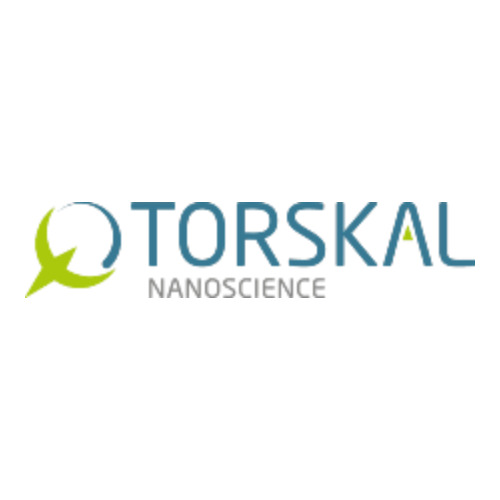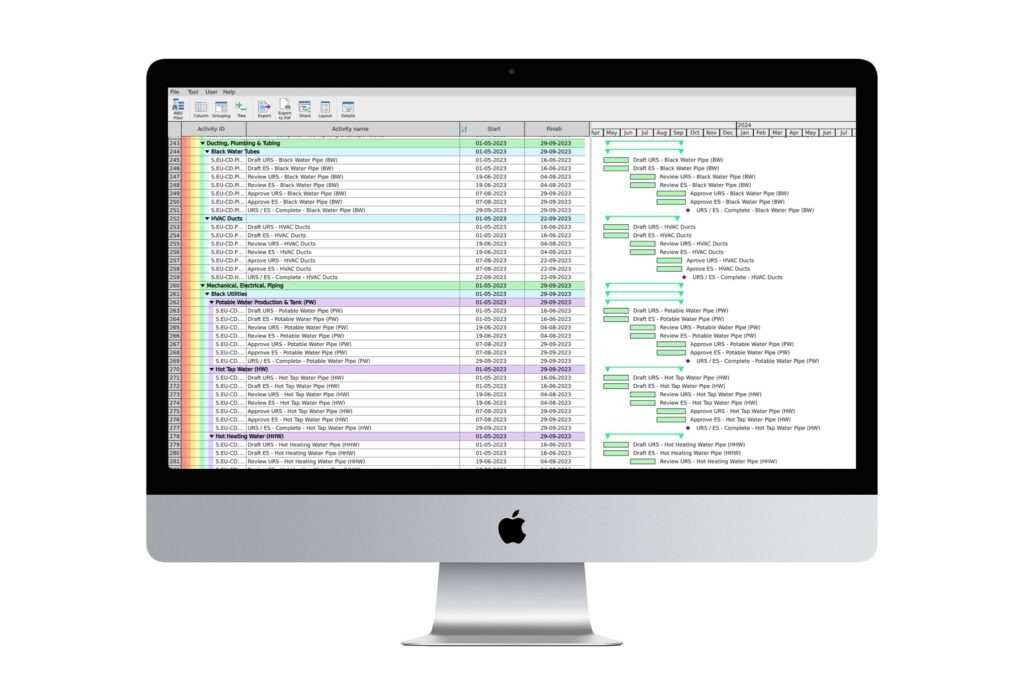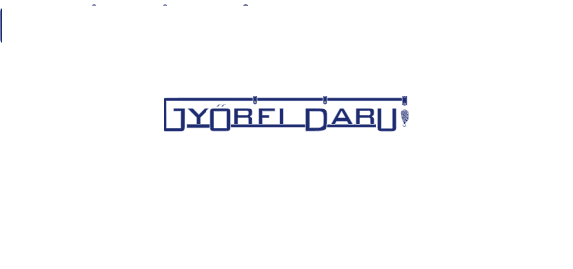
Buying Gold Nanoparticles Explained
Discover how buying gold nanoparticles works—learn about sourcing, applications, safety, and what to consider for research or industry.










© 2024 Crivva - Business Promotion. All rights reserved.